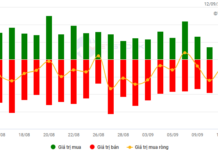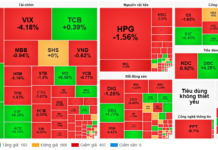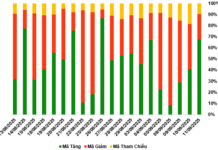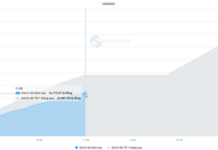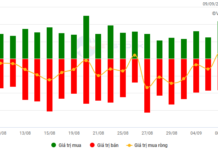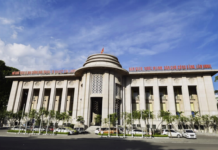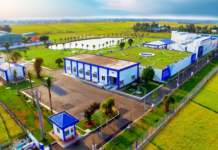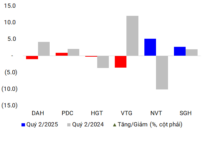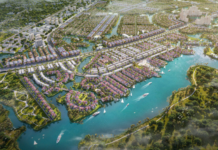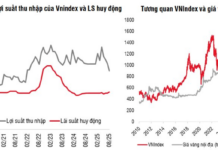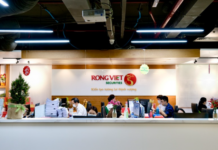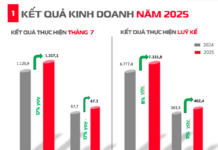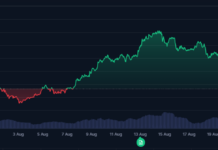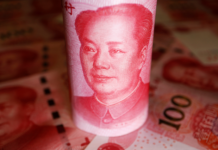The Hanoi Department of Planning and Investment invites interested investors to submit applications for the implementation of a smart and eco-friendly urban area project in Tam Xa, Vinh Ngoc, and Xuan Canh communes, Dong Anh district, Hanoi (belonging to the Hong River sub-planning area).
The investment objectives of the project are to materialize the Master Plan for Hanoi Capital Construction by 2030 and the vision towards 2050, which has been approved by the Prime Minister; and the Hong River Urban Subdivision Planning at a ratio of 1/5,000 (from Hong Ha Bridge to Me So Bridge), approved by the Hanoi People’s Committee in Decision No. 1045/QD-UBND dated March 25, 2022.
At the same time, the project aims to construct an eco-friendly, civilized, and modern urban area that is harmonious with the environment, with synchronous technical and social infrastructure.
The project has a total land area of approximately 268 hectares. This includes about 165.8 hectares of residential land, 76.2 hectares of urban traffic land, 25.7 hectares of urban public land, and about 83.4 hectares of land that the investor is responsible for investing in building synchronous works as detailed in the plan and then handing over to the State and local authorities for management as stipulated.
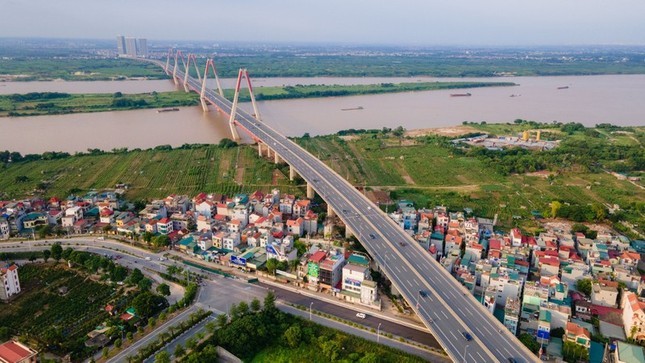
Hanoi seeks investors for the smart and eco-friendly urban area project in Dong Anh district, Hanoi (belonging to the Hong River sub-planning area). Illustration: PV.
The total number of expected apartments is 12,833, including 427 villas, 1,211 adjacent houses, 7,769 commercial apartments, and 3,426 social housing apartments. The projected population is around 38,500 people.
The project’s investment capital is estimated at VND 35,183 billion (equivalent to about $1.3 billion), including preliminary total implementation costs of about VND 33,093 billion and compensation and resettlement support costs of about VND 2,090 billion.
The project’s duration is 50 years, calculated from the date the investor is granted the land or lease decision, and the land lease period follows the provisions of the Law on Land. The project implementation progress is from 2023 to 2031.
The deadline for submitting applications for project implementation is before 5:00 PM on June 28, 2024.
Hanoi requires that the preliminary qualifications and experience of the investor registering for the project must include a minimum equity of VND 1,599 billion. They must also have experience in implementing similar projects. The number of projects in which the investor or a member of the joint venture or partner has participated as an investor contributing equity or as a main contractor is a project.
It is known that the Hong River Urban Subdivision Planning at a ratio of 1/5,000 was approved at the beginning of 2022. This subdivision has an area of nearly 11,000 hectares and falls under the administrative boundaries of 55 wards and communes in 13 districts and counties, including: Hoan Kiem, Ba Dinh, Tay Ho, Bac Tu Liem, Hai Ba Trung, Hoang Mai, Long Bien, Dan Phuong, Me Linh, Dong Anh, Gia Lam, Thuong Tin, and Thanh Tri.
Of this, the Red River area accounts for 3,600 hectares (33%), and the riverbank land accounts for more than 5,400 hectares (50%). The remaining area is the built-up area, including villages with a long history of formation and development, such as Bat Trang, Van Khe, and Trang Viet; and neighborhoods outside the dike, such as Quang An, Tu Lien, Yen Phu, and Phuc Xa.
The maximum population forecast for this area by 2030 is about 300,000 people. Of this, the existing population for renovation and beautification is 215,000, and the population for new housing land is 85,000.

